Minnesota, a state known for its pristine wilderness, diverse ecosystems, and deep cultural ties to nature, has long debated the selection of official state animal emblems. While several symbols—like the common loon (state bird) or the honeybee (state insect)—have been enshrined into law, many others have only been proposed. The Minnesota Legislature has been the battleground for these symbolic designations, where some ideas have sparked serious public interest and others brought forward as humorous gestures. This article explores Minnesota’s efforts to assign animal emblems through legislative proposals, focusing particularly on the beloved timberwolf and other animal candidates.
Minnesota State Animal : The Timber Wolf

Among all proposals, the Eastern Timber Wolf (Canis lupus) has garnered some of the strongest support as a state animal or mammal. Proposed at least six times between 1969 and 2000, the timberwolf is deeply intertwined with Minnesota’s northern wilderness. As one of the only states in the lower 48 with a sizeable wild wolf population, Minnesota holds a unique role in wolf conservation. Supporters argue that the wolf symbolizes independence, endurance, and ecological balance.
Minnesota State Animal: The White Tailed Deer
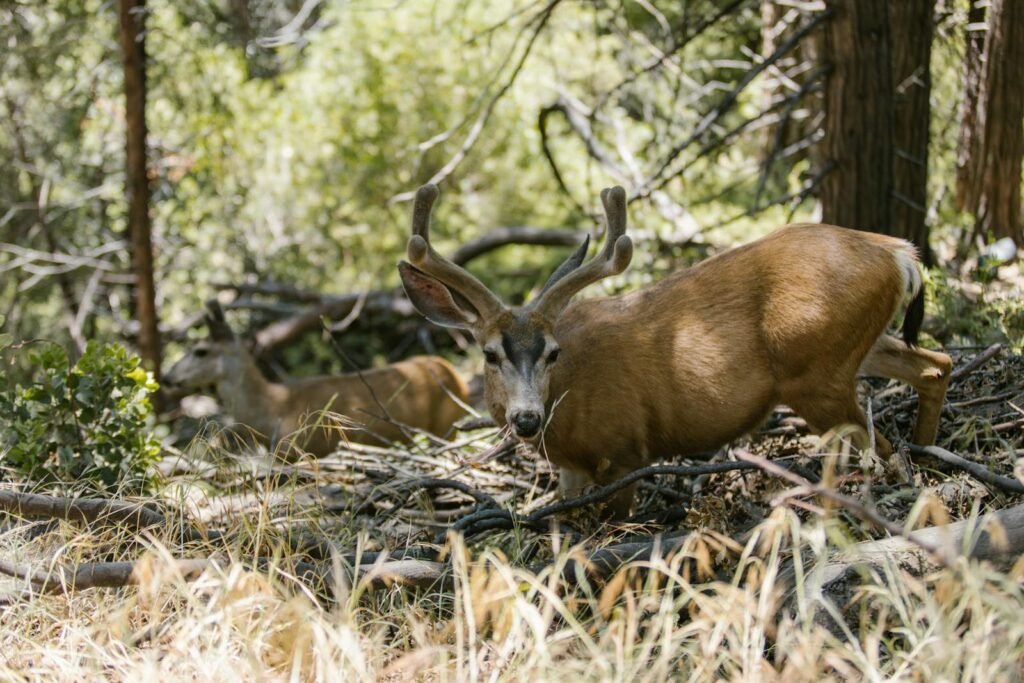
In parallel, the white-tailed deer (Odocoileus virginianus borealis) has been proposed as the state animal at least eight times between 1971 and 1989. Abundant throughout Minnesota and a favorite among wildlife watchers and hunters, the deer is seen by many as a fitting representative of the state’s fauna. In 2000, Minnesota schoolchildren voted on whether the state mammal should be the wolf, the white-tailed deer or the gopher. The wolf received 208 votes; the deer got 129 votes and the gopher got 80.
Minnesota State Horse: Dan Patch
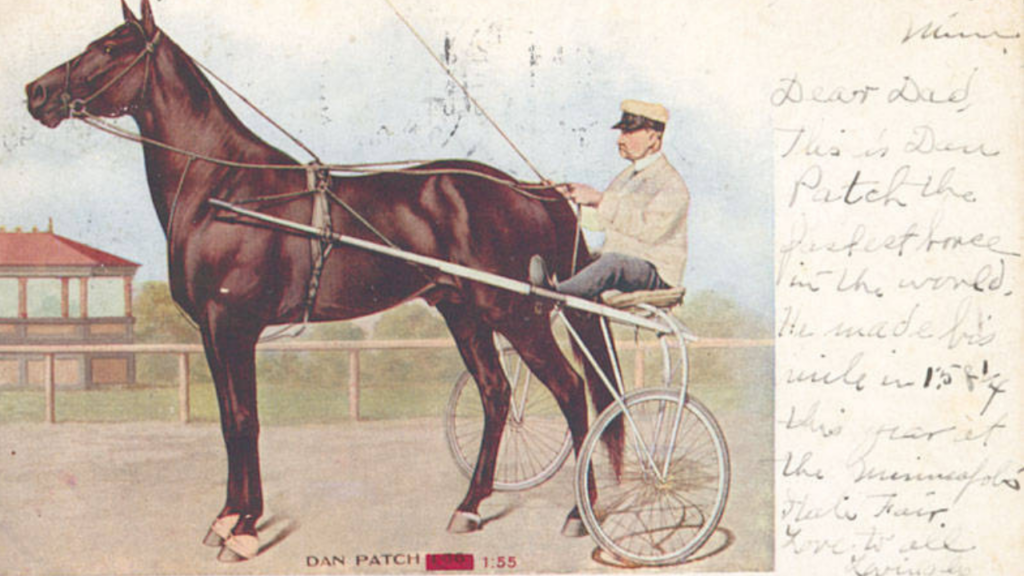
Legislation introduced in both 2018 (SF3048/HF3383) and 2019 (SF1545) sought to recognize Dan Patch as Minnesota’s official state horse. Born in 1896, Dan Patch rose from modest expectations to become one of the greatest pacing racehorses in American history. Known for his undefeated streak in final heats and for setting a mile record of one minute and fifty-five seconds in 1906, Dan Patch became a national celebrity. His success brought pride to Minnesota, and legislators believed he deserved formal recognition as a symbol of excellence and perseverance.
Minnesota State Reptile: The Blanding’s Turtle
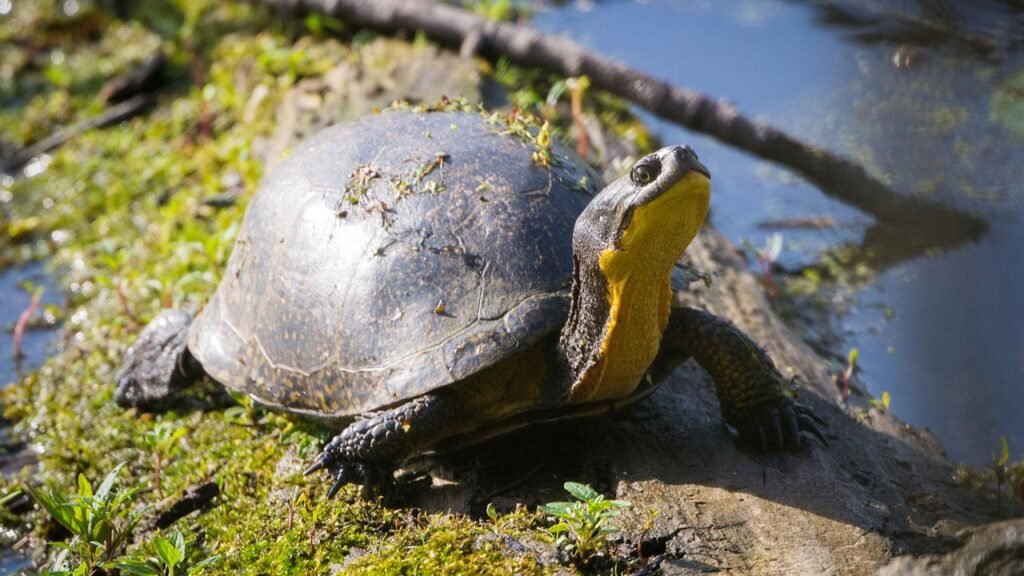
The Blanding’s turtle (Emydoidea blandingii), a semi-aquatic species with a distinctively smiling expression, was proposed as Minnesota’s state reptile in 1998 (HF3471/SF3103) and again in 1999 (HF737). Native to Minnesota and recognized for its long lifespan and slow maturation, the Blanding’s turtle has become a symbol of environmental conservation. Its declining numbers due to habitat loss have made it a flagship species for wetland protection efforts across the state.
Minnesota State Dog: The Labrador Retriever
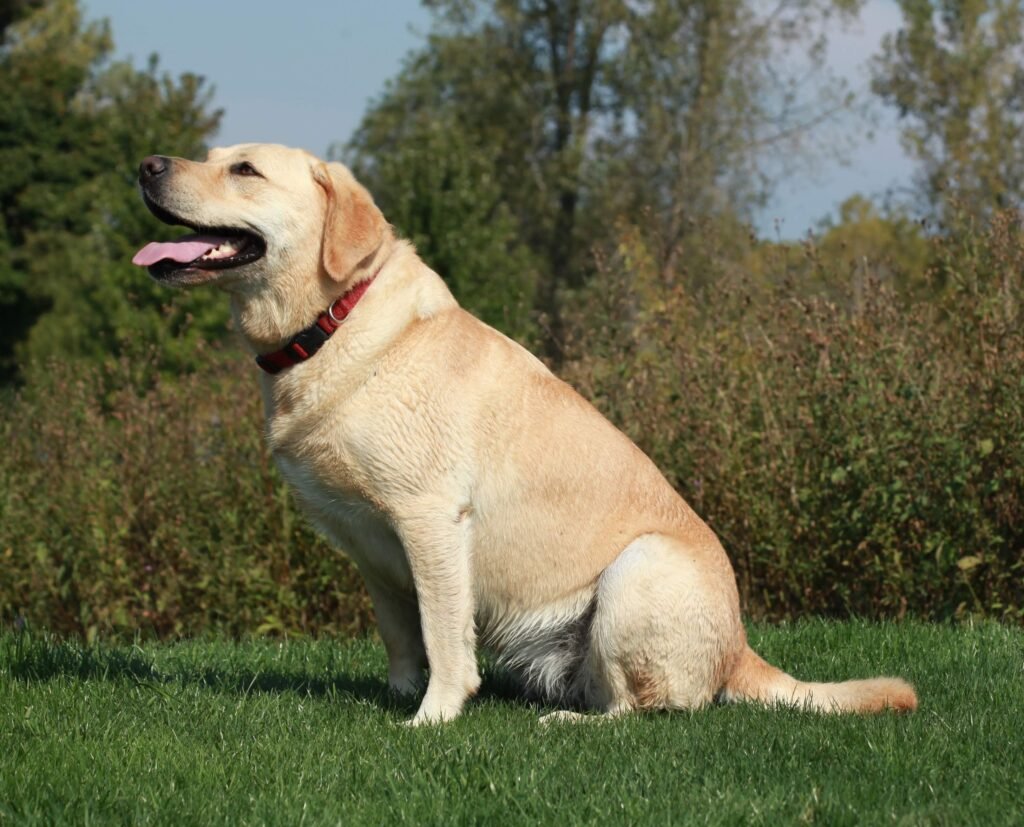
In 2019, Minnesota legislators introduced SF634 to designate the Labrador Retriever as the state’s official dog breed. Labrador Retrievers are among the most popular breeds in Minnesota, cherished for their friendly disposition, intelligence, and versatility as family pets, hunting companions, and service animals. The proposal recognized the Lab’s positive contributions to Minnesotan households and their iconic presence across the state.
Minnesota State Fossil: The Giant Beaver
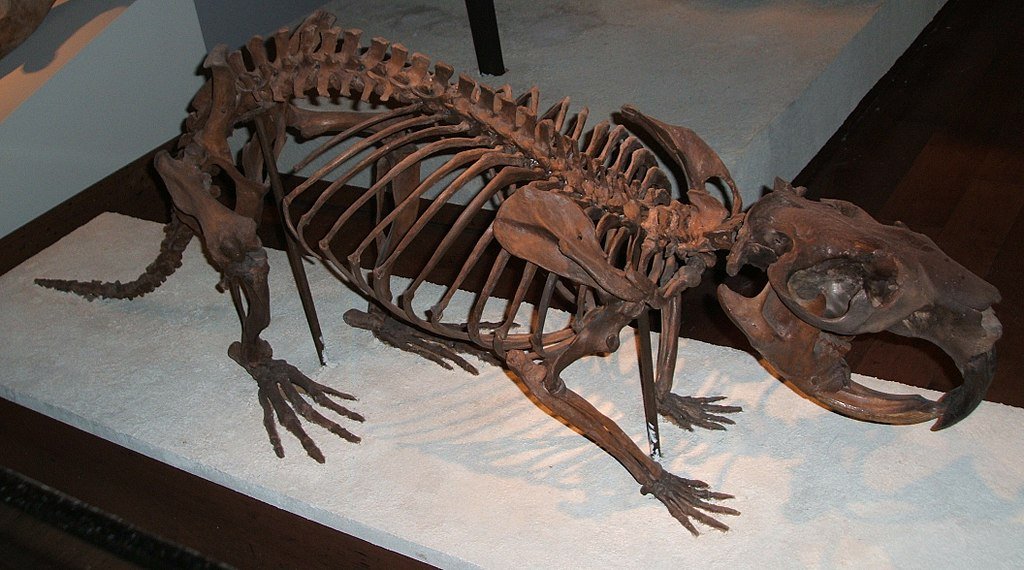
Efforts to name a Minnesota state fossil date back to 1988 when SF1701/HF2653 proposed the Giant Beaver (Castoroides ohioensis), a prehistoric rodent that once roamed the region during the Ice Age. That same year, other legislators floated the trilobite (Rynchotrema) and the ancient bison as contenders, though no formal legislation was introduced for those candidates. Despite public interest and multiple debates over the years, Minnesota remains one of the few states without an official state fossil.
Minnesota State Bird: The Common Loon
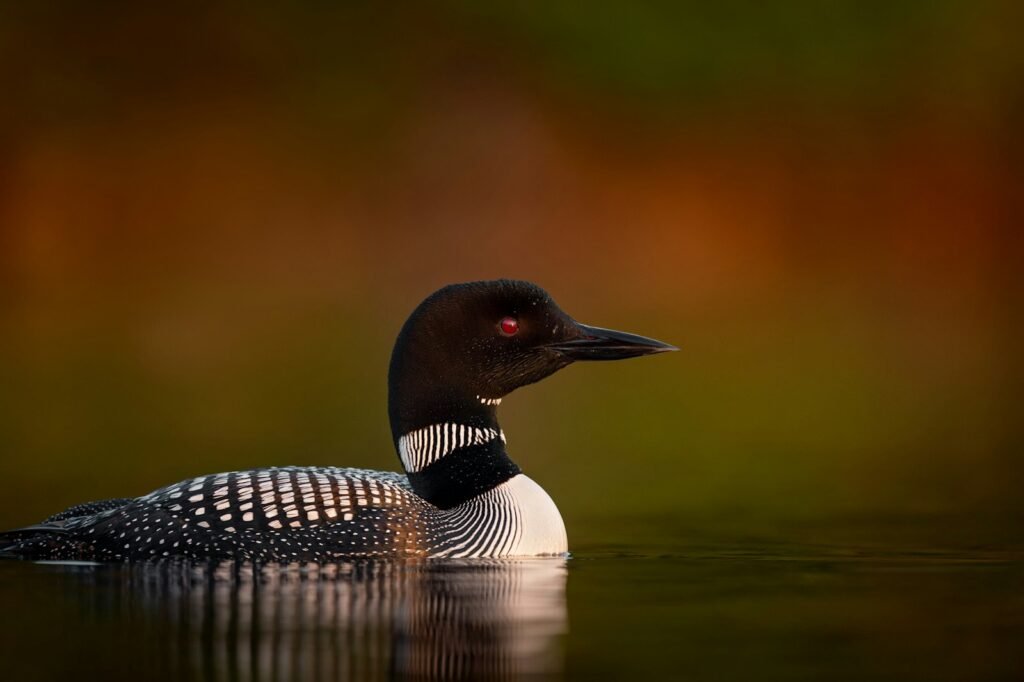
The common loon (Gavia immer) was officially designated as Minnesota’s state bird in 1961. Known for its haunting, echoing calls and striking black-and-white plumage, the loon is a beloved symbol of the state’s northern lakes. Its presence is closely associated with Minnesota’s natural beauty and outdoor traditions, especially in the summer months when loons nest on quiet freshwater lakes. Revered for its grace, strength, and eerie voice, the loon captures the wild spirit of Minnesota and holds a cherished place in the hearts of residents and visitors alike.
Minnesota State Vegetable: The Pea
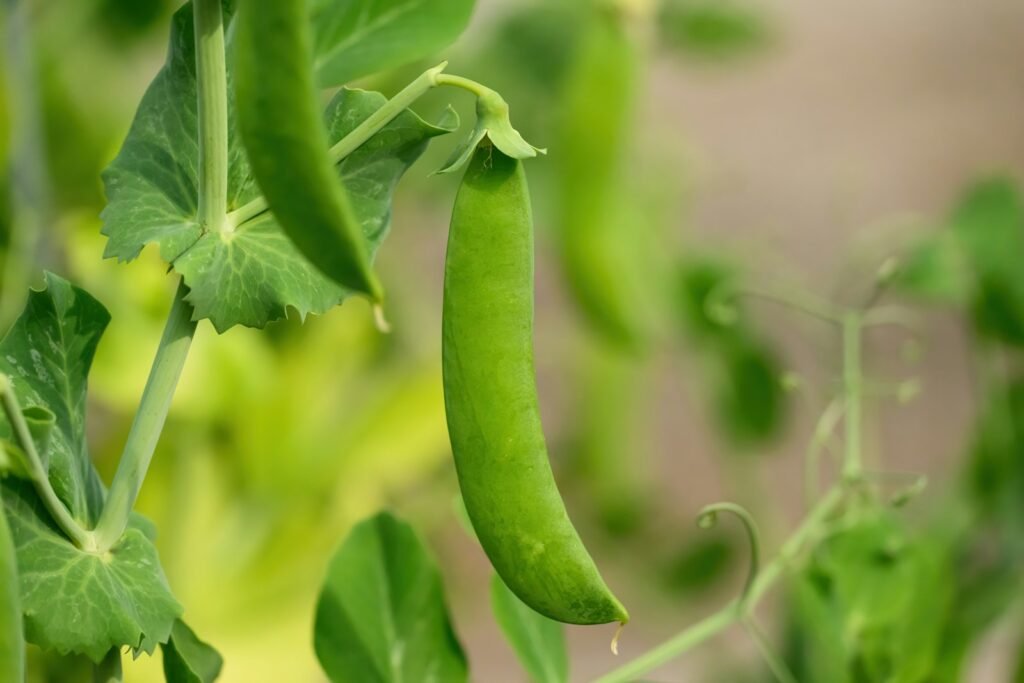
The pea, specifically the seed from the Pisum sativum plant, was proposed as the official state vegetable in 2025 (SF2080). Minnesota’s journey to define its state emblems reflects a deep appreciation for its natural heritage and cultural icons. On a lighter note, In 1977, while debating a bill (HF970) that aimed to give leeches the same legal status as minnows, Senator Jack Davies humorously suggested an amendment to declare the leech as Minnesota’s official state parasite. A few years earlier, in 1973, a citizen proposed naming the wood tick the official state animal. The reasoning? Since the loon was already the state bird, it would make Minnesota the “loon-and-tick state”—a tongue-in-cheek suggestion recorded in the St. Paul Pioneer Press on February 18, 1973.
From serious proposals like the timberwolf and Dan Patch to lighthearted suggestions like the wood tick, and the loon these legislative efforts reveal both pride in the state’s wildlife and a playful spirit. Though many of these symbols remain unofficial, they continue to inspire conversation about what truly represents the Land of 10,000 Lakes.

Andrew Alpin from India is the Brand Manager of Doggo digest. Andrew is an experienced content specialist and social media manager with a passion for writing. His forte includes health and wellness, Travel, Animals, and Nature. A nature nomad, Andrew is obsessed with mountains and loves high-altitude trekking. He has been on several Himalayan treks in India including the Everest Base Camp in Nepal.






